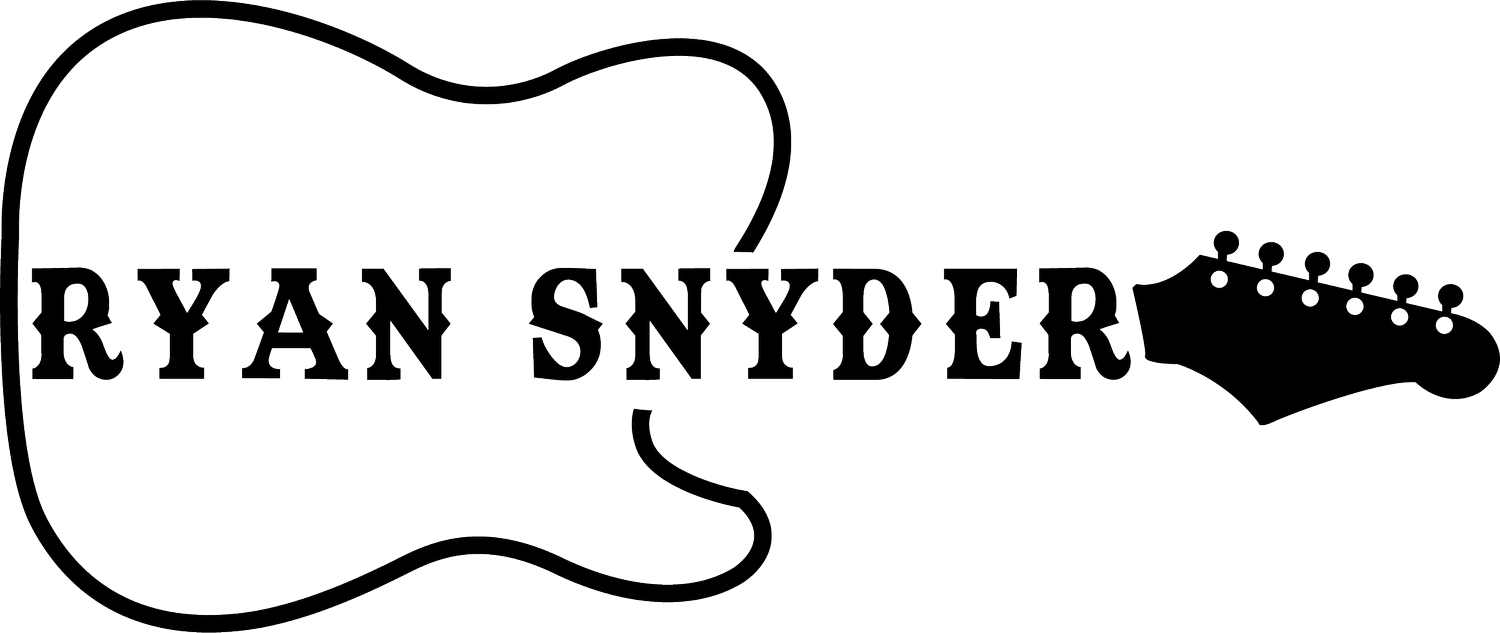CAGED Theory 101: Chords
Originally posted to the S&R blog.
The CAGED theory. I am sure many of you who are reading this, have seen the word CAGED many times. I have found that many who try to learn it or generally learned it in terms of 5 scale shapes or chord patterns, do no understand more than that. I saythis because it me a long time to capture that “Ah Ha!” moment.
If you are proficient in your music theory studies and already understand CAGED, this post isn’t for you. Go check out one of our other posts. Now, for those of you left, let’s talk about CAGED.
At its core, CAGED theory is the backbone to music theory and understanding what to play and why it works. It is also extremely helpful in learning modes! I remember in college, I asked my guitar instructor, Tommy, to teach me which scales I needed to learn to play like Jerry Garcia and Trey Anastasio. Instead of teaching me a bunch of different scales, he taught me CAGED.
So what exactly is CAGED? – you might ask. CAGED is a word to describe all useful positions of playing scales on the guitar neck. I say useful because there are other methods, and certainly other positions, but I have generally found that the CAGED system is easier than the 3 notes per string method, and especially more convenient than learning each individual scales.
With that said, CAGED is not the end all be all, but it is a solid starting point to guide you into what 90% of popular music ranging from Brittney Spears to the Grateful Dead to Metallica & Fitz and the Tantrum so lets get started.
So like I said earlier, CAGED is the word to describe the common scale positions on the neck. It is called CAGED as it represents the 5 positions of the scales based around the 5 open chord shapes of C, A, G, E and D. If you play all 5 of these chords in the open position, you will have the 5 CAGED shapes down. These shapes are moveable all up the neck. Though beware, you must account for open strings, which you will not be given the luxury of utilizing higher up the neck.
If you are unfamiliar with any of these open chord shapes, I recommend you learn the shapes and come back when you are ready.
Here are the 5 shapes of the chords without the use of open strings. Notice how the strings that were open no require you to fret the notes. This will likely take some time to get used to the new shapes, so take it slow.
I should also note that not every note needs to be pressed down for the chord to work. Remember, a chord is a triad of notes. Since these are all major, the root, a third and a fifth is all you really need to make the chord. The G chord as a CAGED chord is very difficult and impractical to use. Try using different parts of the overall shape to find a voicing that works with your playing style. I prefer to bar the DGB strings and fret the high e string three frets up.
The best way I learned these shapes was to take a song I already know how to play, and play the chords but using a variety of different shapes other than power chords or the open chord variables. When I was learning the shapes, I remember using Franklin’s Tower by the Grateful Dead and Sample In A Jar by Phish.
Many Dead tunes work well. Franklin only uses D, A & G chords so there aren’t any crazy patterns will distract you from trying to learn new chord positions. Sample in A Jar is great because the song requires different chord voicings (or CAGED shapes) for the song to sound correct.
I recommend starting off simple with three or four chords per song max. The over popular four chord song is perfect as well, though it has a minor sixth. Which leads us to our next step, learning CAGED for minor chords.
If you noticed in the above diagrams, I marked each chord shape with numbers or scale degree tones. The 1 is the root, 3 third and so on. By putting our basic music theory knowledge together, we know that a minor chord can be made from a major chord by flattening the third.
I challenge you to figure out the minor shapes on your own. This way you learn how to chords are structured from theory instead of memorizing shapes. This will be critical in learning other chord variants such as the sus2, sus4 and dominant 7 chords.
These shapes will be critical for you learning how to play around the neck and break out of the open chord, power chord, pentatonic boxes. Up next we will look at using this knowledge and applying it to modes, so practice your new chords.
Until next time, let the music play.
